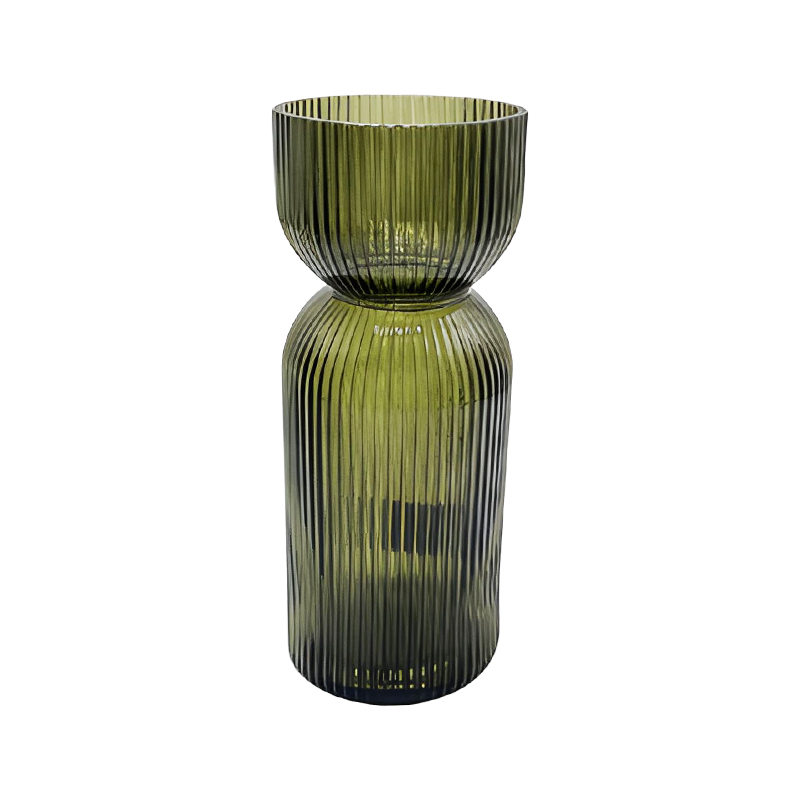How do glass vases perform in terms of transparency, durability and heat resistance?
Glass vases have their own characteristics in terms of transparency, durability and heat resistance. Here are some detailed analyses:
1. Transparency
The transparency of glass is one of its most notable features, and it is generally considered to be a material with very good visual effects. Glass vases with high transparency can better show the color and shape of flowers, bringing a more artistic visual effect.
High transparency: Most glass vases, especially those made of high-quality raw materials (such as optical glass or lead-free glass), have very high transparency. Such vases can perfectly present the details of flowers and appear clear and bright under light.
Low transparency or colored glass: Some glass vases are frosted or colored for decorative effects. Such vases will reduce transparency and are usually used in more artistic or private environments.
2. Durability
The durability of glass usually depends on its production process and the raw materials used. Although ordinary glass vases look strong, the glass material itself is relatively brittle and easily broken when subjected to severe impact.
Ordinary glass: Common ordinary glass vases are relatively fragile and breakable. Although they are somewhat tolerant to minor everyday collisions, they may crack or shatter if they are hit or dropped.
Tempered glass: To improve durability, many modern glass vases use tempered glass, which is heated to a high temperature and then cooled quickly, making it harder and more resistant to pressure and less likely to break. When tempered glass breaks, it forms small pieces, reducing the harm to people.
Strengthened glass: Strengthened glass is also a material commonly used in vase manufacturing. It is more durable and shatter-resistant than ordinary glass.
3. Heat resistance
The heat resistance of glass vases usually depends on the type of glass used and the manufacturing process.
Ordinary glass: Ordinary glass has relatively weak heat resistance. When the vase is in a high temperature environment, it may expand and contract due to temperature differences, resulting in cracks or breakage. Therefore, conventional glass vases are not suitable for being placed near heat sources or exposed to high temperature environments for a long time.
Heat-resistant glass: Some high-end glass vases use heat-resistant materials, such as borosilicate glass, which has very good heat resistance. It can be used stably over a wide temperature range and is often used in products such as laboratory equipment and tea sets. This type of glass vase can withstand temperature changes and is suitable for occasions that require frequent cleaning or hot water.
High-temperature expansion: Some high-quality glass vases, especially those using lead-free glass, have good high-temperature stability, but they usually become more fragile at high temperatures, so they still need to be used with caution.
If you take these factors into consideration, when choosing a glass vase that suits you, you can choose the right material and design based on the environmental requirements (such as temperature changes, durability, etc.).


 English
English Español
Español












